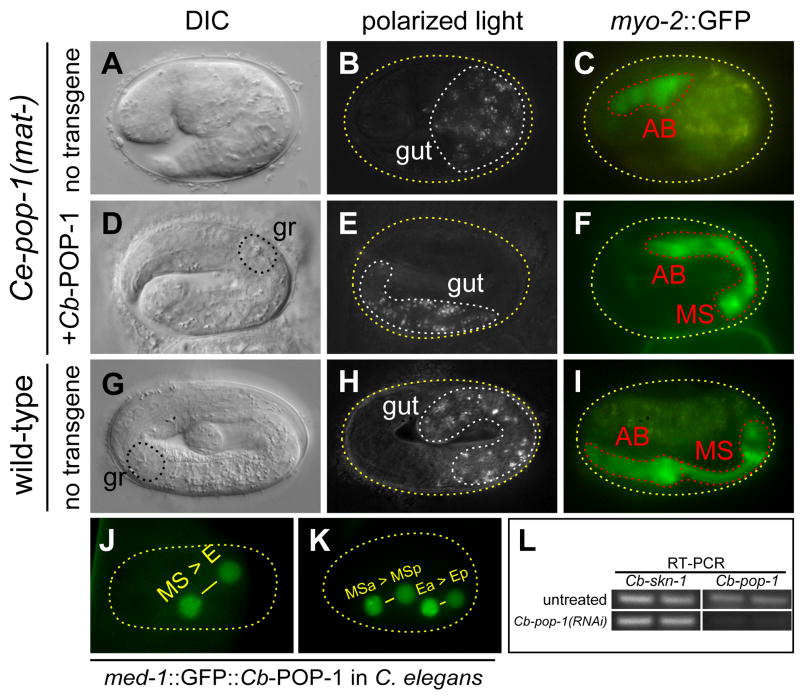Fig. 3. Similarity of transgenic Cb-POP-1 to Ce-POP-1 when expressed in C. elegans and evidence for specificity of RNAi in C. briggsae.
(A–C), arrested Ce-pop-1(−) embryo showing 2-fold elongation, ectopic gut and small AB-derived pharynx. (D–F), embryo lacking maternal pop-1 (mat-) and carrying transgenic Ce-med-1-driven Cb-POP-1 fused to GFP (mgCbPOP-1). The embryo has elongated to ~2.5-fold, contains a normal amount of gut and exhibits restored MS-derived pharynx as evidenced by the grinder (gr) and increased domain of myo-2::GFP expression. (G–I), wild-type C. elegans embryo elongated to ~3.5-fold, exhibiting normal gut and pharynx. (J–K) Expression of mgCbPOP-1 in C. elegans in the early MS and E lineages shows puncta and asymmetric signal (anterior nuclei > posterior nuclei) similar to mgCePOP-1 (Maduro et al., 2002). Measurement of pixel intensities for images of 10 A-P sister nuclei in the early EMS lineage, from multiple embryos, produced an average ratio of 1.5 ± 0.1 (anterior:posterior), slightly lower than the ratio of ~1.8 previously reported for GFP::Ce-POP-1 (Maduro et al., 2002). (L) RT-PCR of Cb-pop-1 and Cb-skn-1 in C. briggsae HC189 grown on E. coli OP50 (untreated) or E. coli HT115 expressing Cb-pop-1 dsRNA. The regions of the Cb-pop-1 and Cb-skn-1 cDNAs that were amplified do not overlap with the fragments that were used for RNA interference.

